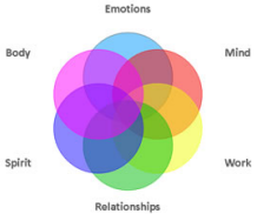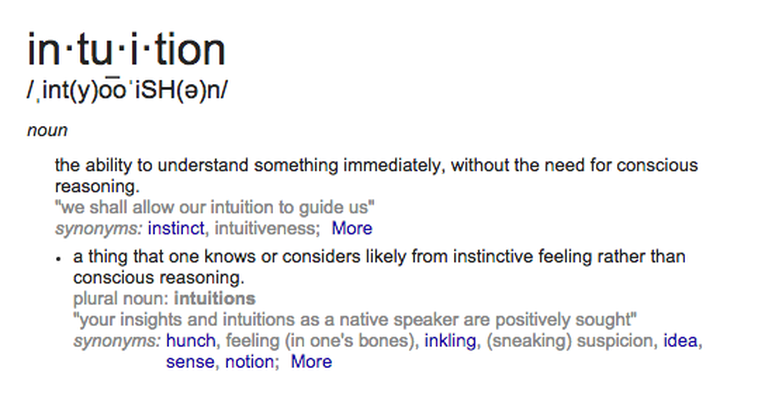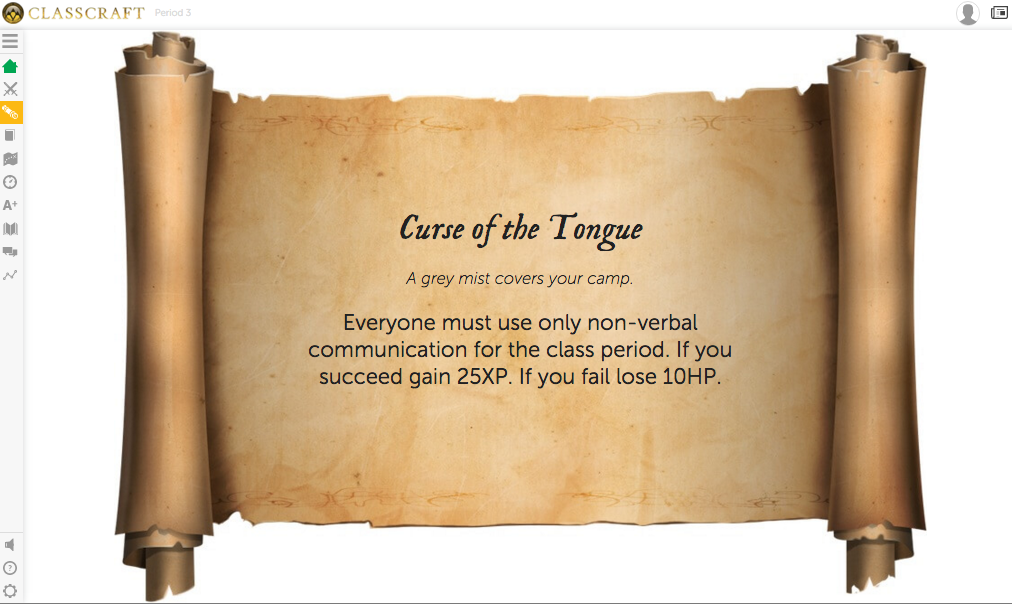 Teachers spend a lot of time thinking about how to improve the education system. We have meetings and discussions and action plans and data to review and strategies to implement. Sometimes policies come from our government, sometimes they come from administration and sometimes they come from small professional learning communities. (PLC.) It can often be overwhelming. It is hard not to feel jaded and tired from everything that teachers have been asked to do. Work harder with less. Look at these reading scores. Bring up these math scores. Teach to English Language Learners, Gifted learners, students with learning issues, and everyone in between. Work longer hours than what we pay you and we still will pay you less than most "respectable" jobs out there in the marketplace. All these things are true. And it can be disheartening. And still, there is one simple fact. As a teacher, it's all about relationships and finding that sweet spot with every student and sometimes that only happens when we stop and listen to that side of ourselves that just "knows". It's a challenging thing to find the time to actually listen to intuition. It takes time and quiet and rest in order to connect with that knowing side of who we are as teachers and as humans. But when we slow down to listen to our students, we are more likely to find the right thing, the right match, the right action to take in that moment. Yes, we plan....A LOT. But there is something to be said for also building in time to and space to follow our noses. If left to our own devices, we know what needs to be done and when and how. And often, when we slow down, moments of brilliance bubble to the surface. Here's an example: As in every classroom, there is always a small group of students that are more challenging to reach, for various reasons. One such student showed a keen interest in magic tricks with decks of cards. Doing magic tricks for me during break was the only time I saw him let his guard down and come alive with excitement. One morning, after a long three day weekend, I woke up, well rested and clear headed, having NOT thought about school, marched into class and told him that I was thinking about doing a design challenge for our next project that involved creating our own deck of cards. I have never ever seen this student so animated and excited for a project. He is a natural leader just begging for a reason to shine, and now he finally was seeing his opening. As we planned the project together, he thought through all the possible hiccups, how to form teams and what it would take to implement the project. This once, unengaged students who struggled to get work in was now leading the charge and providing an example to other students on what engagement looked like. Can't get much better than that. And I had to drop the plan for my next project. It was a good one, but you know, sometimes you just have to go with your gut. I know this approach will drive left-brained thinkers crazy, but I know that it's a valid strategy to consider, along with the long list of other strategies we have to choose from as teachers.  How willing are you to let go of your lesson plan and trust your gut to do what is right for your students? Are you taking care of your body and mind so you can have moments of clarity and brilliance? Can you put self-care and nurturing your intuition on the list of strategies you pull from? We can push hard and work hard to solve problems or let the answers come bubbling up from within. Are you daring enough to let go of the problem for a bit and then trust the answer to appear out of thin air? Sometimes that IS the best strategy of all.
0 Comments
Today was the day. It happens every year. We roll the dice in Classcraft and today, pulled the random event that sets certain odd behaviors and actions into motion in my class. What normally is a very talkative class became eerily silent this morning. For all of about 10 minutes. And then all havoc broke loose as students figure out how to "game the game." Then we got to listen to speech-to-text computer voices saying the lyrics to really bad songs. Then new students chimed it by talking to each other from across the room via speech to text. It wasn't long before teenage humor mayhem took over.
There was much giggling. And more interaction between students than ever, as they prepared to present their new game prototypes to another class this week. Those who often float under the radar, sitting off to the side texting their friends, where now texting their team mates about the project. Why? Because they could. There is an inherent playfulness that I relish, in any learning environment. How do we cultivate this in all of our classrooms? Find games to play....at EVERY opportunity. We sang Karaoke this morning in my Digital Media class, which led to students humming and singing through the rest of class, a nice way to wake up on a Monday morning! We tossed coins on a big answer poster on the floor, from across the room as a formative assessment. Students begged me for another quiz question! Scratch off tests. Game Boards. Bingo. Trivia questions. Name that Tune. Thumb wrestling. (Look up Massive Multi-player thumb wrestling for a great short whole class game.) It doesn't matter what it is. Gamification is where it's at when it comes to increasing student engagement. |
AuthorLisa Gottfried is a CTE teacher with 20 years experience as CEO of her own Video and Motion Graphics Production house. She currently teaches Digital Design at New Technology High School and at Touro University in the Masters of Innovative Learning program. She loves her job and her students! Archives
January 2024
Categories
All
|


 RSS Feed
RSS Feed
